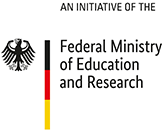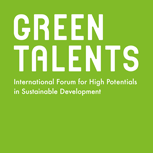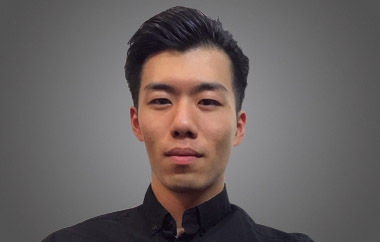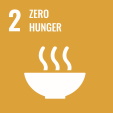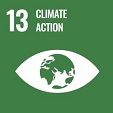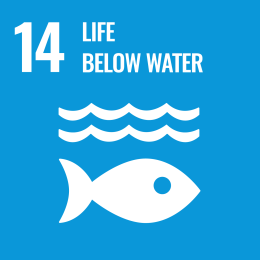PhD Student in Agriculture/Environmental Sciences at Queensland University of Technology, Australia
Research focus: nitrous oxide emissions and nitrogen fertiliser losses in response to nitrogen application rates in sugarcane systems
Nitrogen (N) fertiliser is widely used in agriculture to maximise crop yields. However, overapplication of N fertiliser has adverse effects on the environment. Applied N is transformed in the soil and partially emitted into the air as nitrous oxide (N2O). Nitrous oxide is a very potent greenhouse gas, with a global warming potential more than 250 times that of carbon dioxide (CO2), persisting for 121 years and also an ozone-depleting substance. Croplands are responsible for 66% of anthropogenic N2O emissions. Currently, 1% of N from fertilisers is assumed to be emitted as N2O, but evidence suggests that the amount increases exponentially with the amount of fertiliser. Knowing how much N2O is emitted at what N fertiliser rate is essential for an accurate assessment of N2O emissions and its mitigation strategies. In addition, applied N can also be transferred to rivers, lakes, and the sea including coral reefs, causing eutrophication and loss of biodiversity. To reduce environmentally harmful N losses while maintaining crop productivity, N fertiliser rates must be adapted to the N needs of crops.
Naoya is pursuing an interdisciplinary approach to sustainable N fertiliser management in sugarcane systems from an agricultural and environmental science perspective. He has conducted field experiments and found an exponential response curve of N2O emissions to N rates in a tropical sugarcane system in Australia. The experimental results are further extrapolated using crop models to predict N2O emissions based on scenarios and to support farmers in their decisions on the level of fertiliser use. With his research, Naoya is simultaneously addressing UN Sustainable Development Goal 13 (Climate Action), Goal 14 (Life below Water), and Goal 2 (Zero Hunger).
The jury considered Naoya a worthy Green Talent due to the combination of his impressive CV, his personal profile as a dedicated and socially committed individual, and his highly relevant research topic. Naoya’s interdisciplinary work centers on decreasing the use of fertilizers and resulting environmental pollution.
The research of Naoya mainly contributes to the Sustainable Development Goals 2, 13, 14:
Take a look at this video that briefly introduces Naoya and his research:
